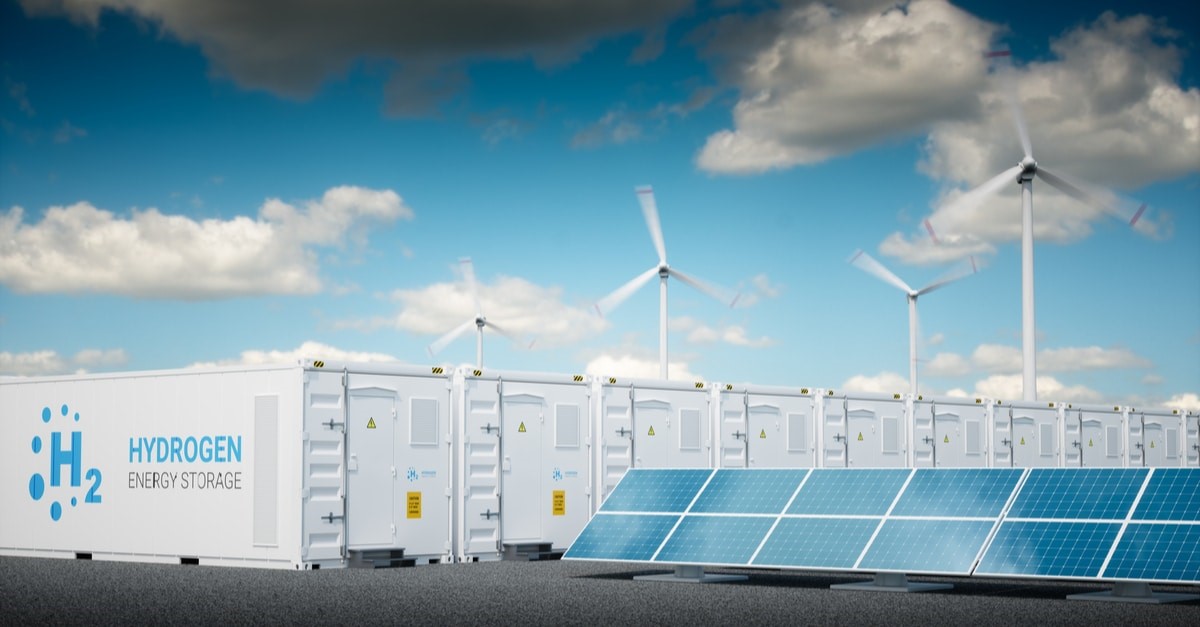Egypt has commissioned its first utility-scale solar-plus-storage facility: a 300 MWh battery energy storage system (BESS) integrated with the 500 MW Abydos solar photovoltaic plant in Kom Ombo, Aswan Governorate. The project, developed by AMEA Power with financing support from the International Finance Corporation (IFC), was delivered ahead of schedule and is expected to transform the way Egypt manages peak demand and renewable integration.
By combining large-scale solar with storage, Egypt is taking a bold step toward reducing its reliance on natural gas and making renewable power dispatchable even after sunset.
Why It Matters
The Abydos project addresses two critical challenges: managing evening peak demand and enhancing grid stability during hot summer months. With the battery system storing excess daytime solar power and releasing it during high-demand periods, Egypt can lower its dependence on peaking gas plants, reduce costs, and cut emissions.
The project also demonstrates the commercial and technical feasibility of storage-linked solar in North Africa, a market that has traditionally focused on standalone solar and wind farms. The integrated model could serve as a template for future developments in the region.
Key Facts
- Battery capacity: 300 MWh.
- Solar plant capacity: 500 MW.
- Financing: IFC provided a $72 million debt package to integrate the storage component.
- Annual output and impact: Expected to deliver over 100,000 MWh of clean electricity annually while avoiding around 20,000 tonnes of CO₂ emissions.
- Technology: Trina Storage supplied its Elementa-2 platform, designed to withstand desert conditions and provide advanced cooling systems.
Egypt’s Energy Context
Egypt’s installed power capacity stood at around 59 GW at the end of 2024, with renewable energy making up only about 11 percent. The country has set an ambitious target of sourcing 42 percent of its electricity from renewable sources by 2030.
Over the past five years, Egypt has attracted billions of dollars in clean energy investments, including major solar projects such as the Benban Solar Park and large-scale wind farms along the Gulf of Suez. The Abydos project now adds storage to this portfolio, positioning Egypt as a regional leader in renewable integration.
Technical and Commercial Significance
The combination of a 500 MW solar plant with a 300 MWh BESS provides several advantages:
- Time-shifting power: Excess solar generated during the day can be stored and dispatched during the evening peak.
- Grid flexibility: The BESS can provide fast-response ancillary services such as frequency and voltage support, making the grid more reliable.
- Reduced reliance on gas: With dispatchable solar power, Egypt can curb its dependence on natural gas for electricity generation.
- Mature financing models: The project integrates the BESS into a long-term power purchase agreement (PPA), showing that storage can be bankable when paired with renewable generation.
Investment and Market Signal
The success of the Abydos project signals to investors that Egypt is an attractive market for large-scale solar and storage. With backing from the IFC and other development finance institutions, Egypt has demonstrated that complex renewable projects can be financed and delivered within aggressive timelines.
This development is expected to pave the way for more storage-integrated projects in Egypt and across North Africa, unlocking additional financing opportunities from both private and institutional investors.
Challenges to Watch
Despite the milestone, challenges remain:
- Grid infrastructure: Egypt’s transmission and distribution systems will need upgrades to fully absorb and balance large-scale solar and storage.
- Scaling storage: Replicating projects of this scale requires continued access to affordable financing and supportive policy frameworks.
- Local supply chains: Egypt currently imports most solar modules and battery systems. Developing domestic manufacturing capacity would improve energy security and create jobs.
What’s Next
Egypt is rolling out a fast-track renewable energy program that includes additional solar and wind projects totaling several gigawatts. The Abydos solar-plus-storage development is likely to be the first of many, as the government, developers, and financiers explore how to replicate its model across the country.
Future developments may also involve refining power purchase agreements to better capture the value of storage, such as capacity payments and grid services. In parallel, Egypt is expected to explore opportunities for local manufacturing of renewable technologies, reducing reliance on imports and strengthening the domestic economy.
Also read: The Role of Battery Storage in Securing Africa’s Renewable Future
FAQ
Q: What is the Abydos solar-plus-storage project?
A: It is a 500 MW solar photovoltaic plant paired with a 300 MWh battery energy storage system, Egypt’s first utility-scale project of its kind.
Q: Who financed the project?
A: The International Finance Corporation (IFC) provided a $72 million debt package to support the battery system.
Q: Why is this project important for Egypt?
A: It reduces reliance on natural gas, improves grid stability, and makes solar power dispatchable beyond daylight hours.
Q: How does it contribute to climate goals?
A: The project will deliver over 100,000 MWh of clean electricity annually and cut around 20,000 tonnes of CO₂ emissions.
Q: What are Egypt’s renewable energy targets?
A: Egypt aims to source 42 percent of its electricity from renewable energy by 2030.



